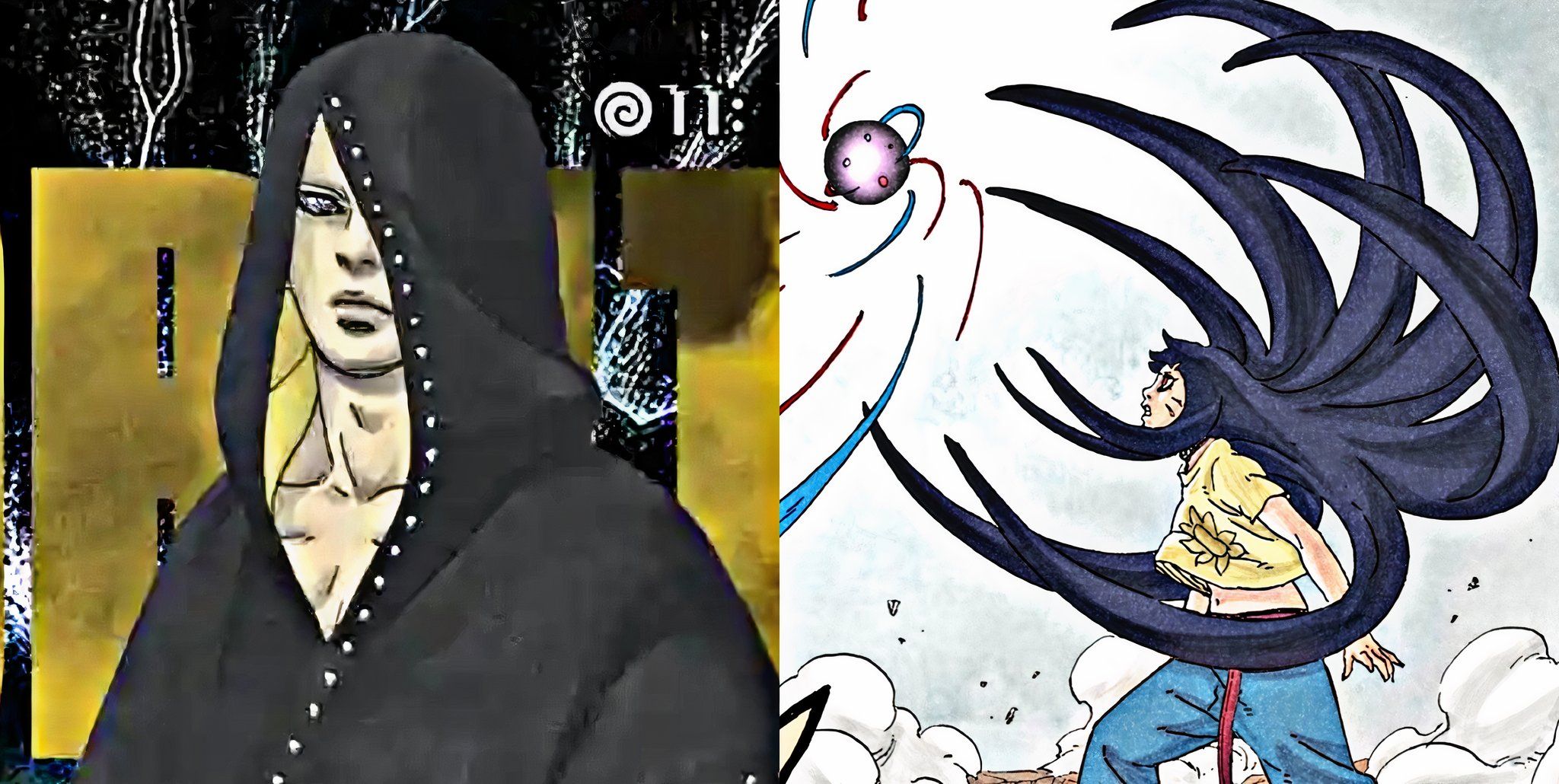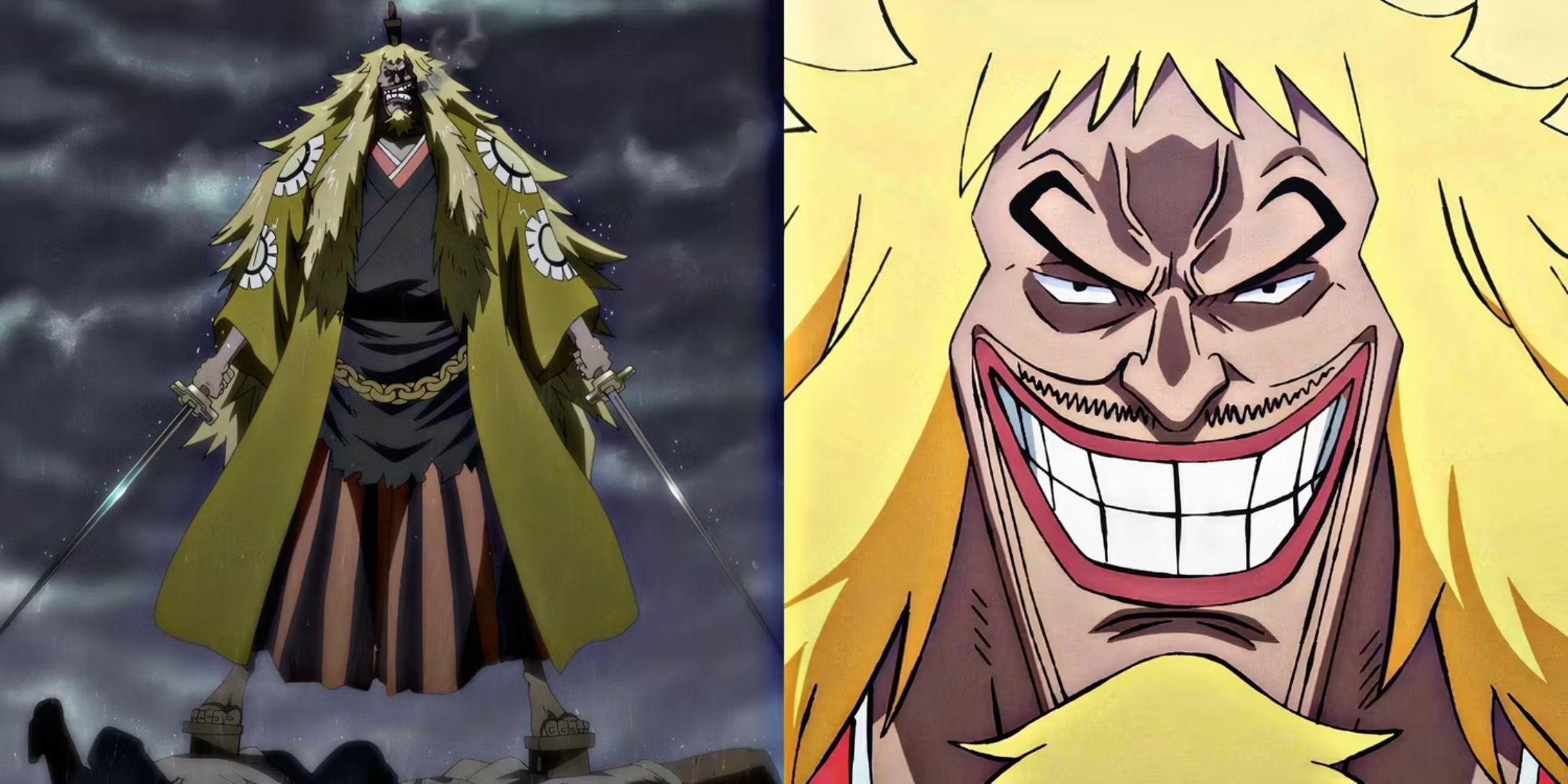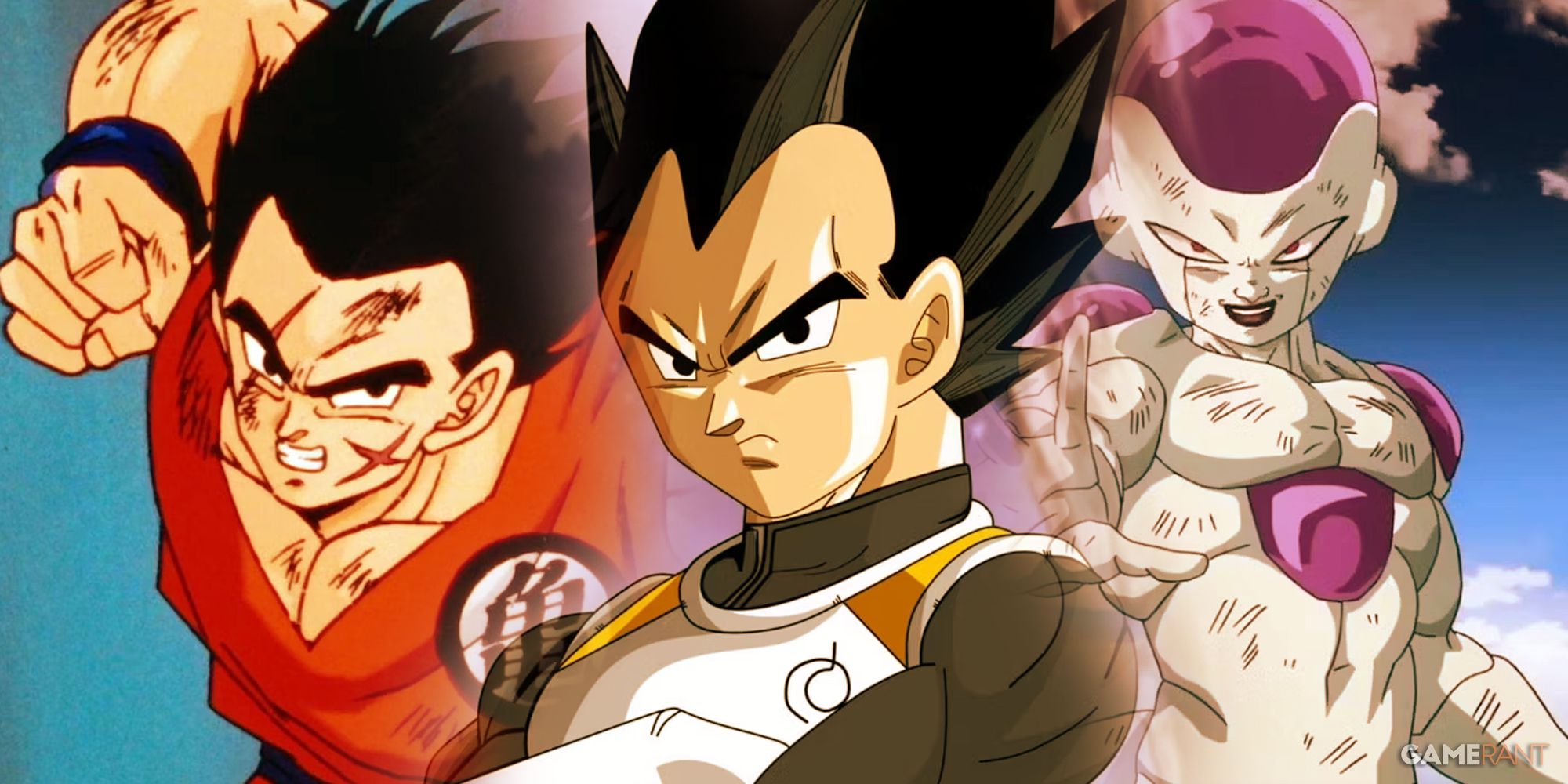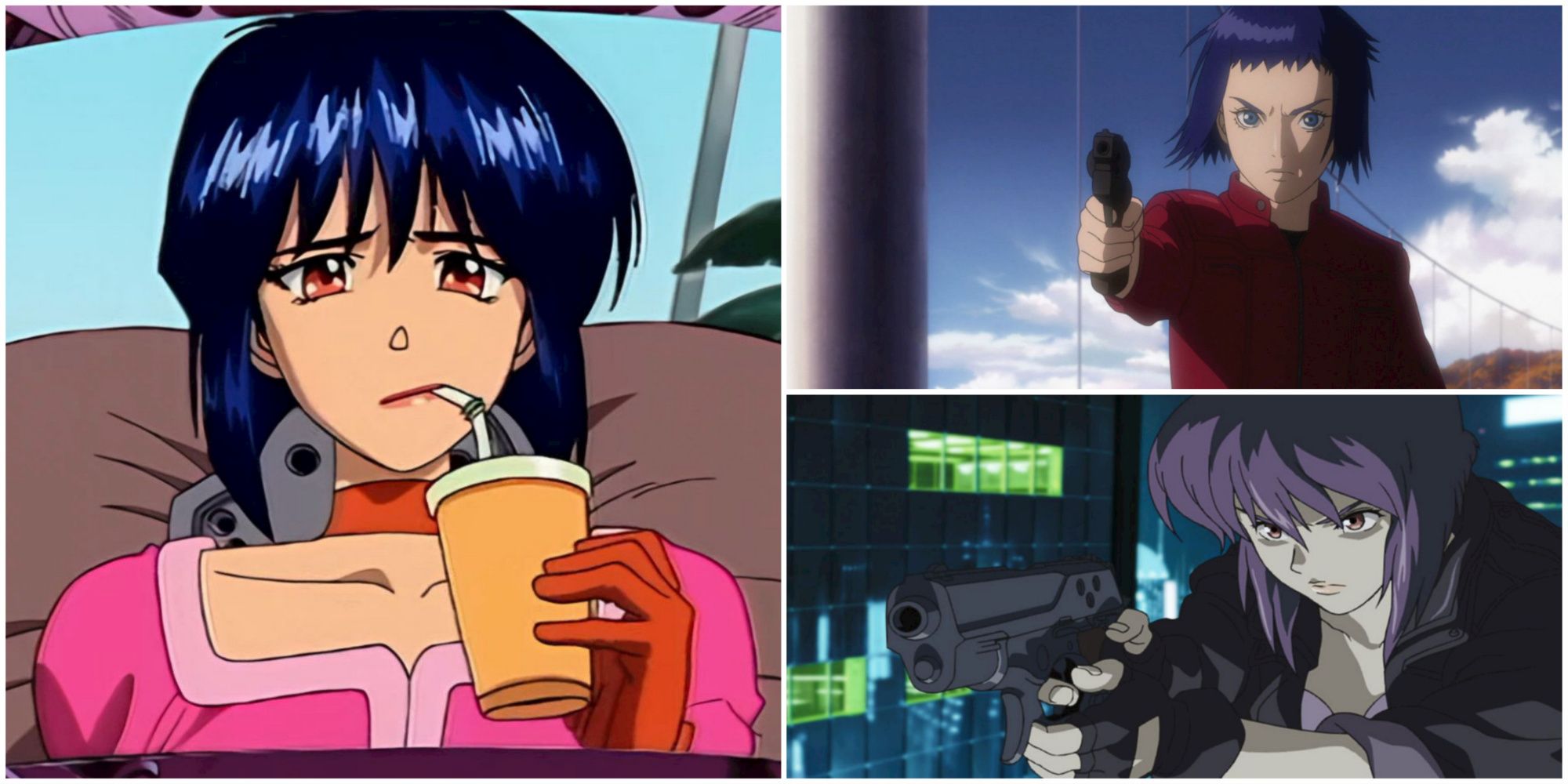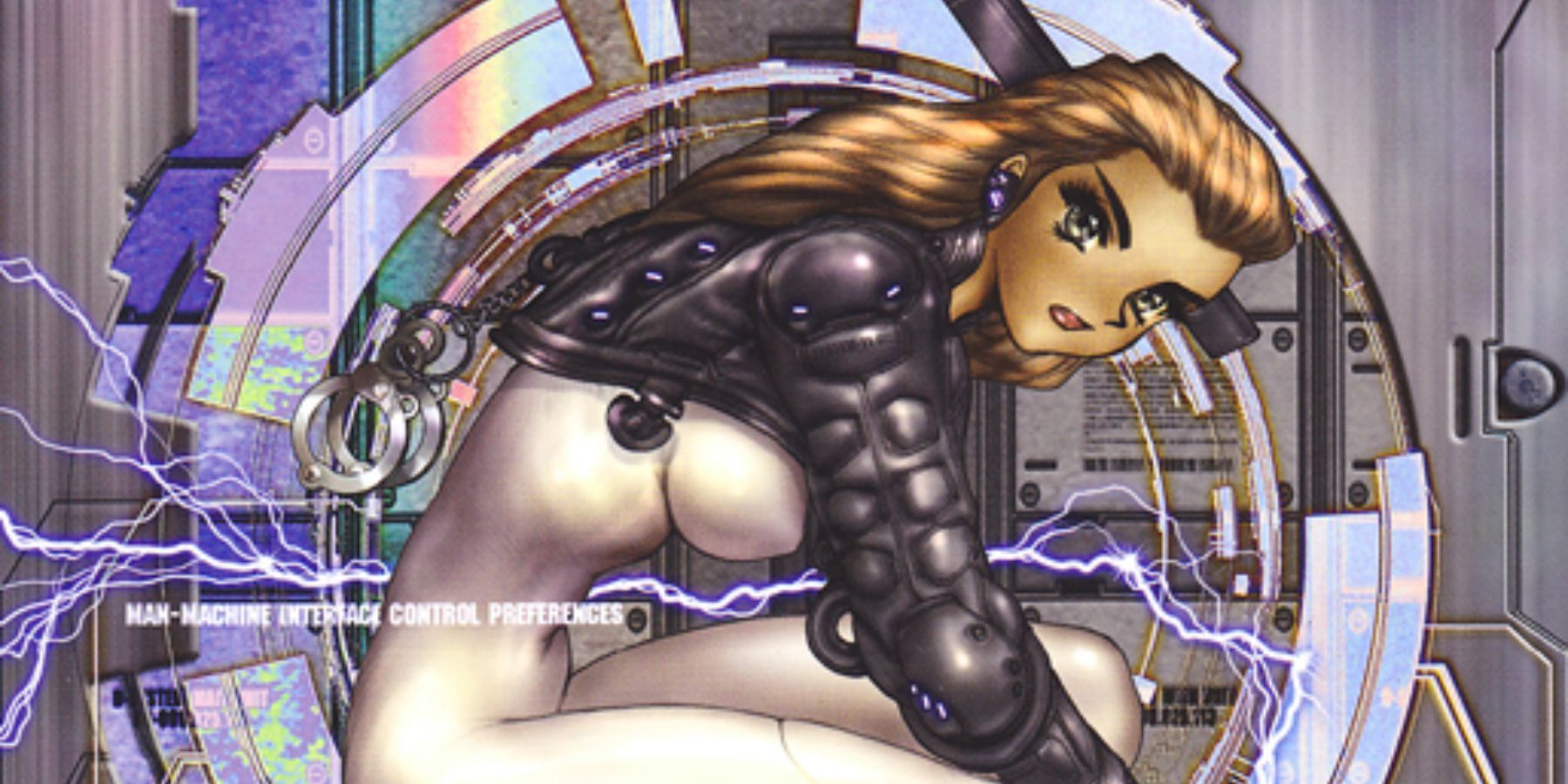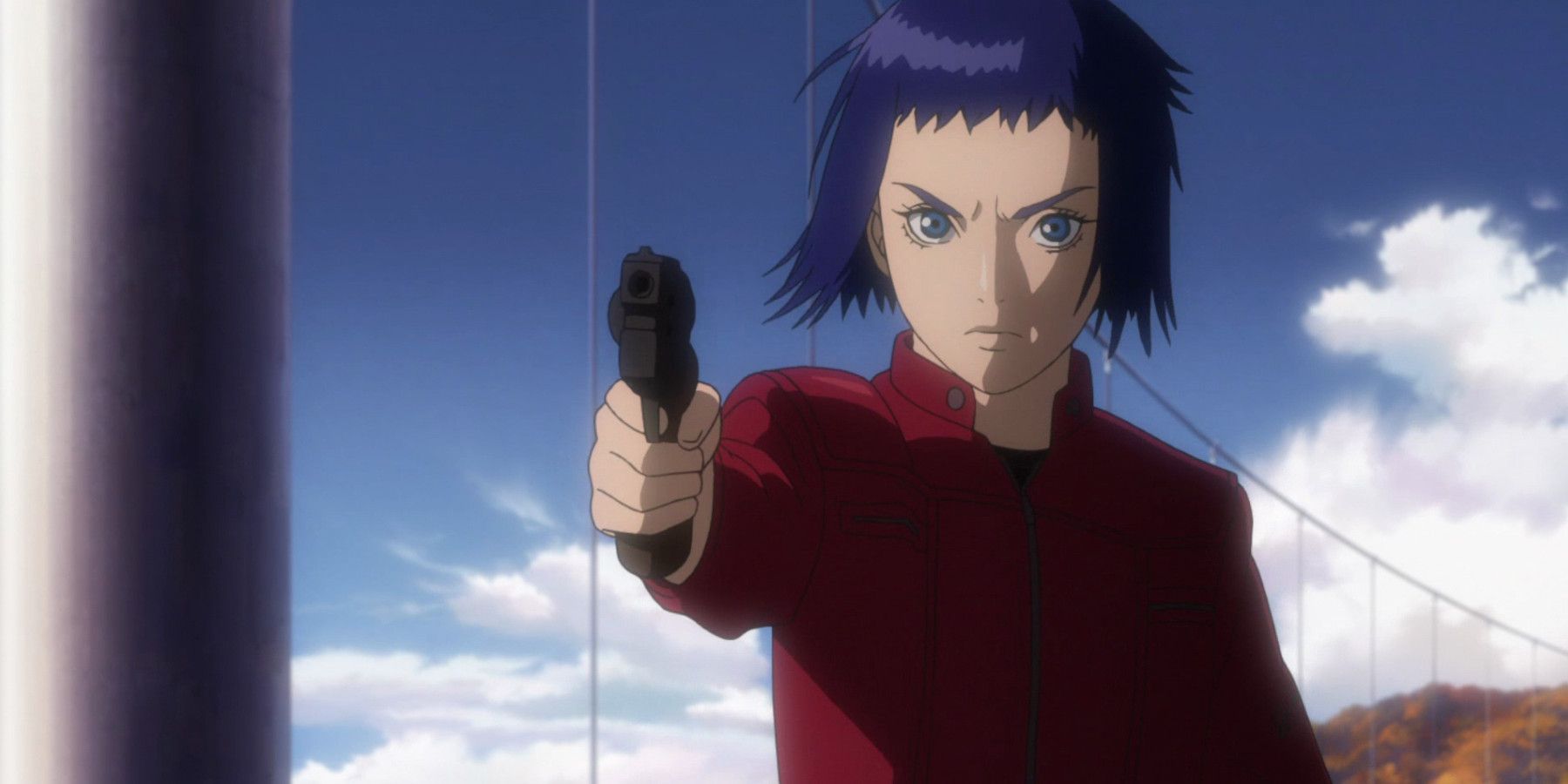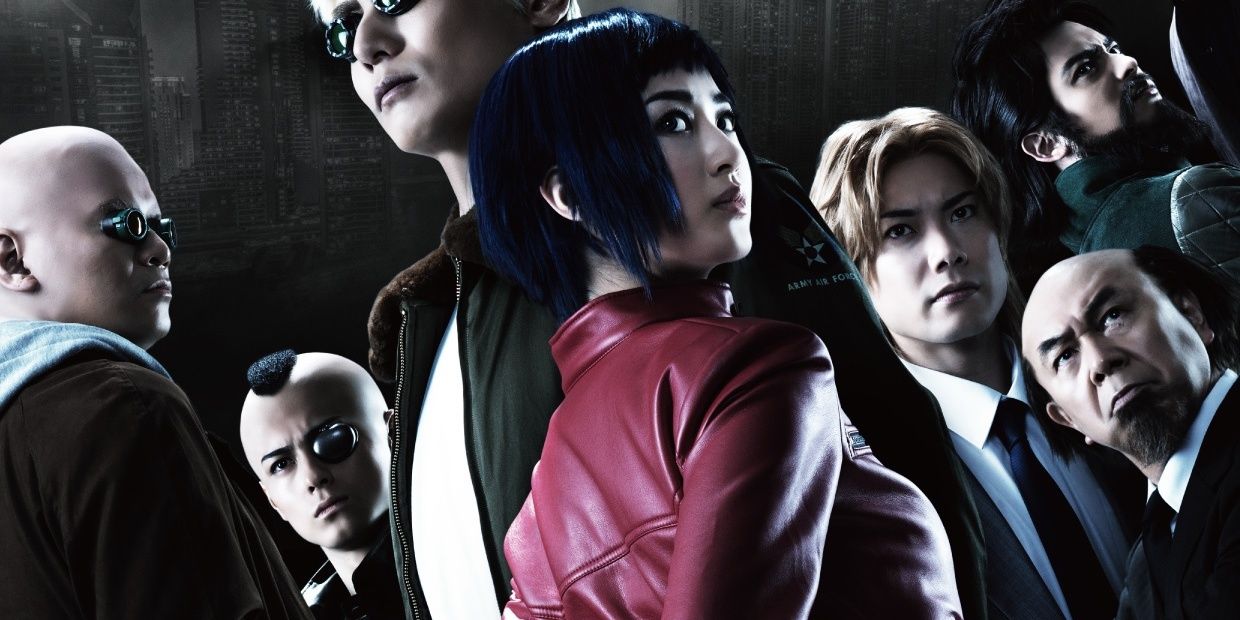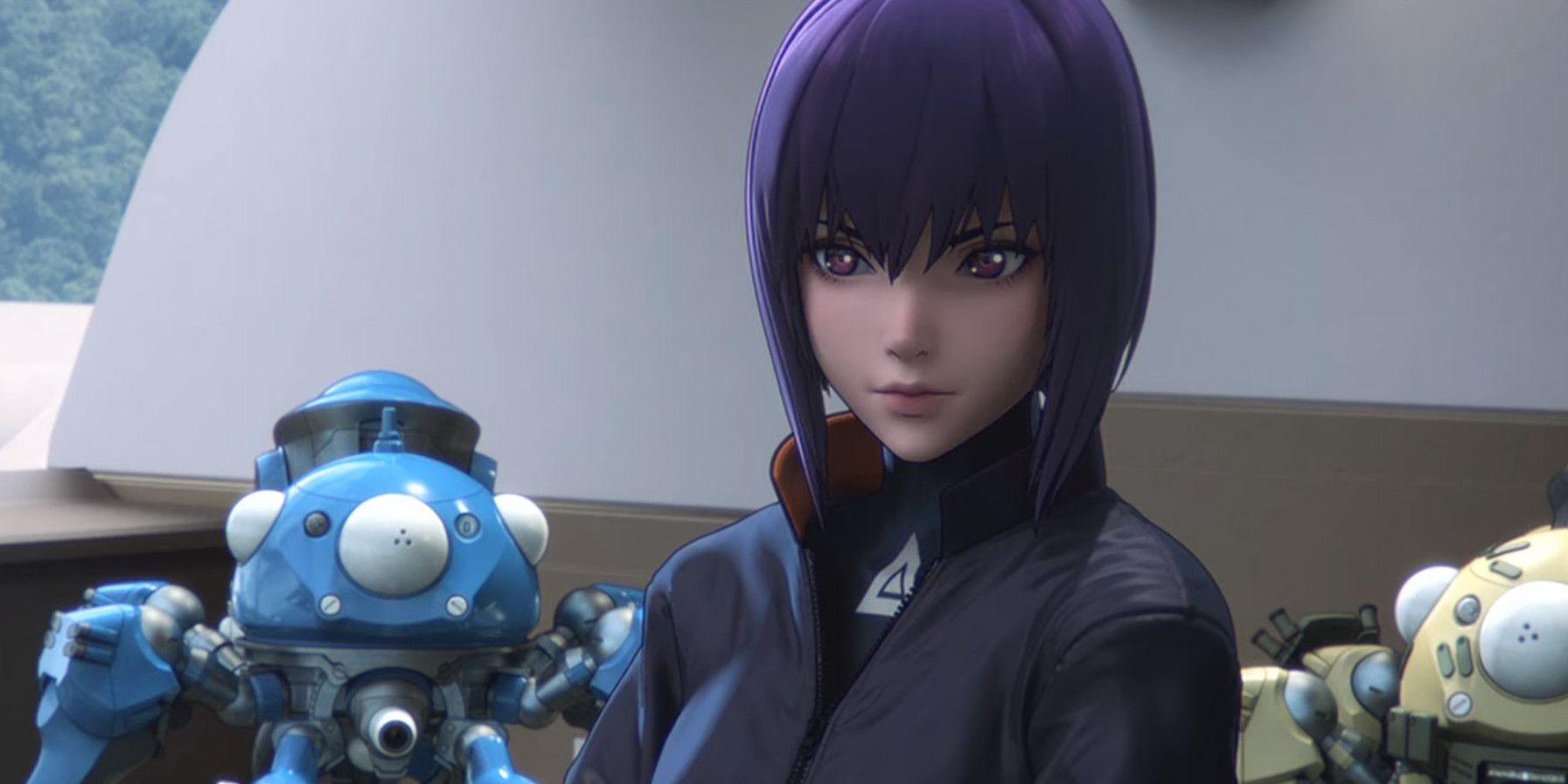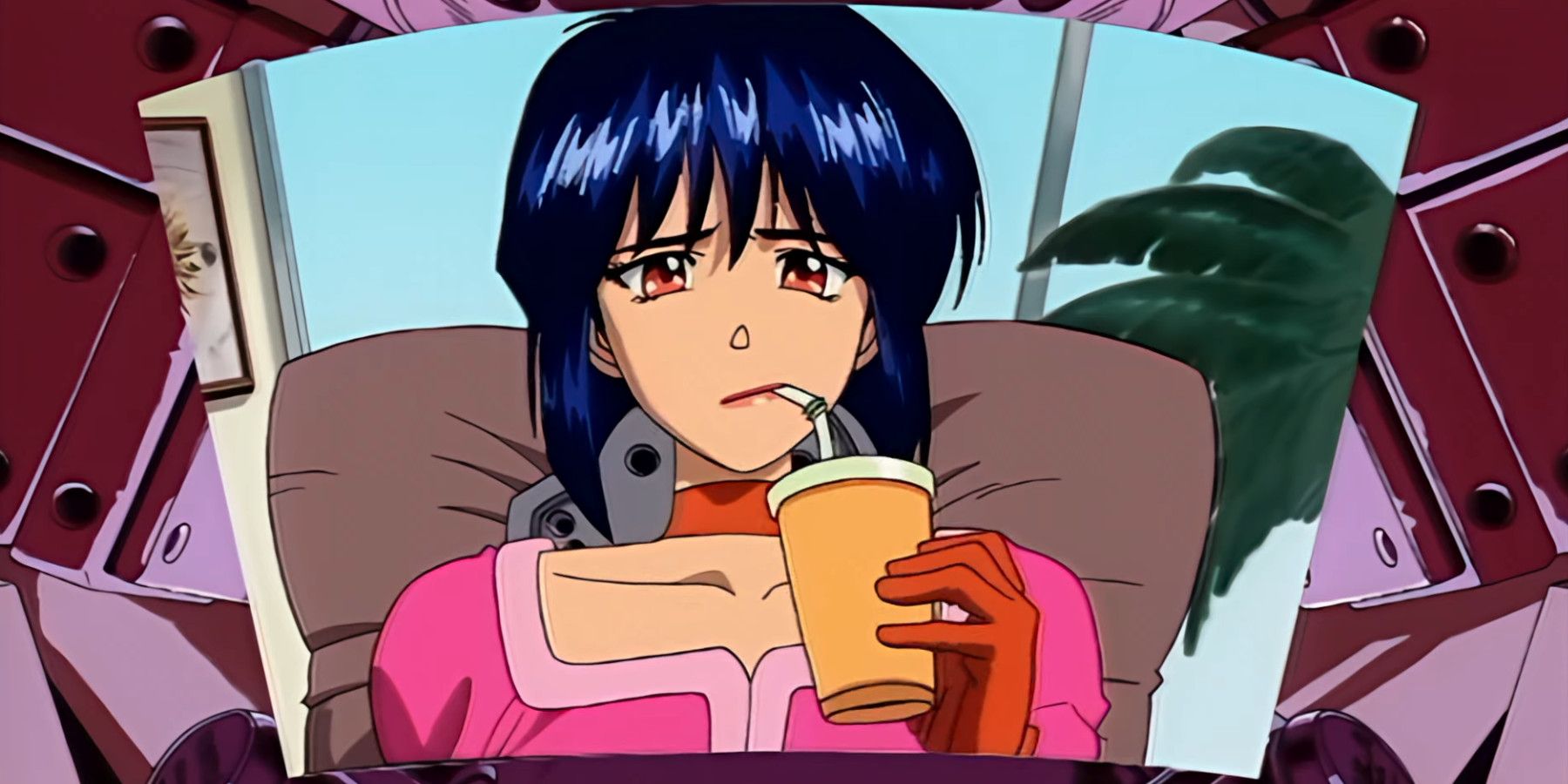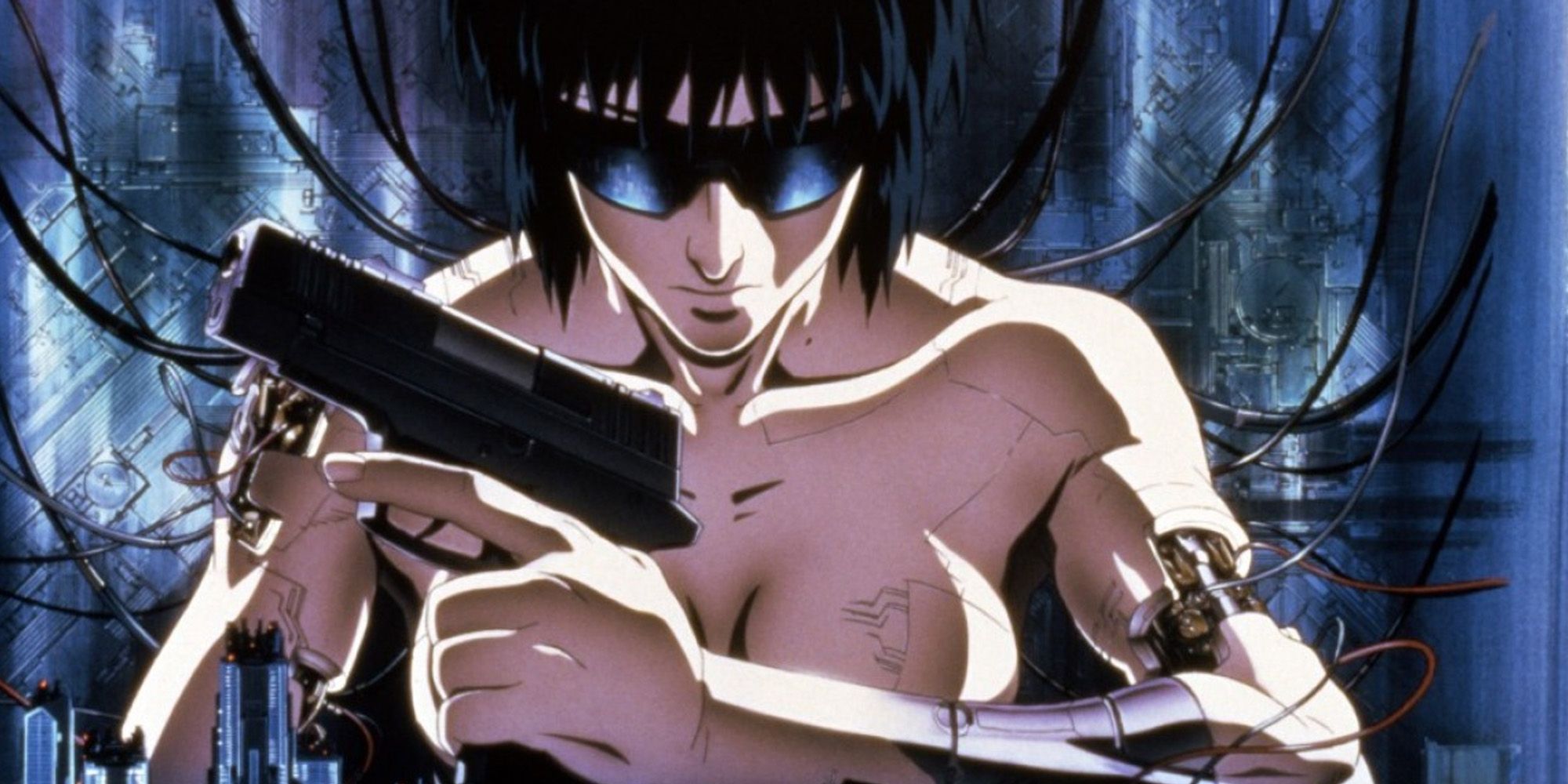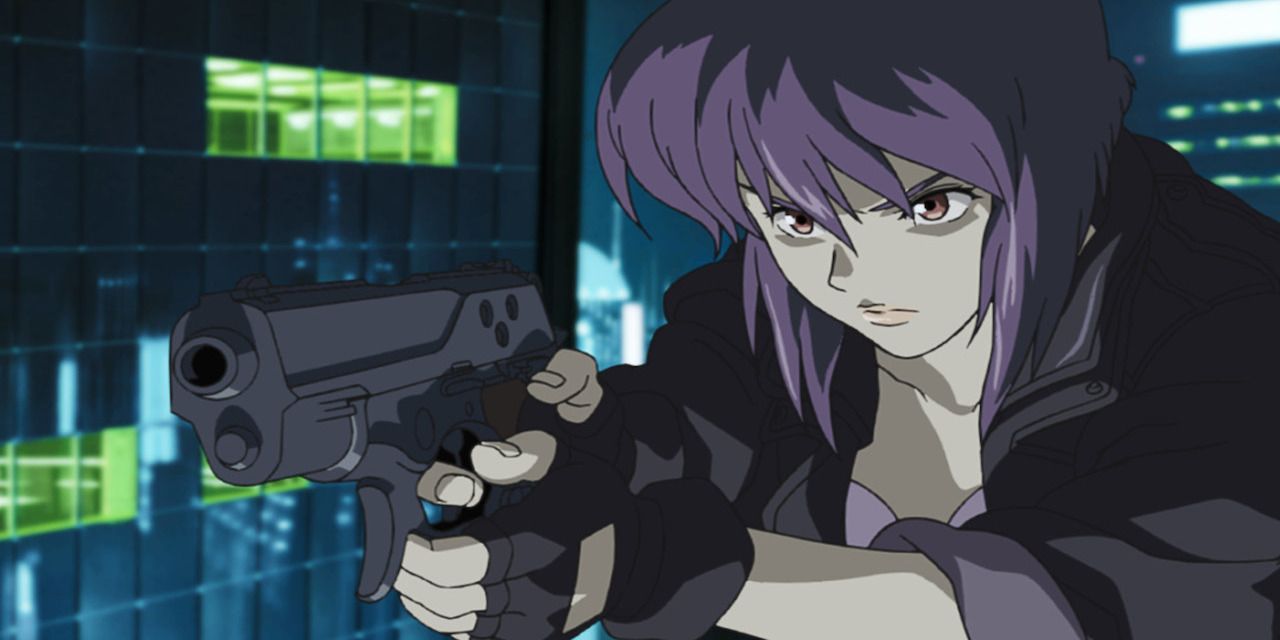Alongside Akira and Gunm (aka Battle Angel Alita), Ghost in the Shell became one of Japan’s seminal cyberpunk manga. Created by Shirow Masamune, it followed Major Motoko Kusanagi, a cyborg who leads the intelligence department Section 9 against cyberterrorism threats. It delved into topics like identity, humanity, artificial intelligence, and more.
It’s been adapted into a broad range of media, but they’ve each taken the Major and GITS into different directions. The 2017 live-action movie made her Scarlett Johanson’s Mira Killian to add a curious twist about race, and GITS 2: Innocence made her more of a digital presence. But what are the best versions of Motoko Kusanagi? Here are some choice selections.
This article contains spoilers, so readers should proceed with caution.
7 Man/Machine Interface
Ghost in the Shell 2: Man/Machine Interface continued where the original manga left off, with the Major working as a security expert for Poseidon Industrial. She’s since merged her “ghost” with the Puppet Master AI, and lives as "Motoko Aramaki", taking her old boss' surname. But she has a whole range of different identities and personalities that she uploads to different bodies to take on different cases.
It’s an intriguing premise, but it didn’t quite work in practice. Masamune’s writing got drier, and his combo of drawn art with digital designs was bold but didn’t bear fruit. Kusanagi’s split personalities also made it hard to keep up with the plot. Still, her blonde/auburn look was a neat variation from her classic look. Maybe a stern and sturdy editor could take a look at GITS 2: M/MI and adapt it someday.
6 Arise
Ghost in the Shell: Arise was an interesting series, as it was kind of a prequel with a younger Kusanagi working under Chief Aramaki, Batou, Togusa, etc, before the official formation of Section 9. But it doesn’t precede the manga, movies, or the Stand-Alone Complex series. They all had similar-but-different backstories, and Kusanagi doesn’t technically “age” given her cyborg status.
Arise was its own thing, making its own tweaks to the mythos here and there. Kusanagi looks younger, with her shorter height and more pixie-like hair, because she acts younger. She’s more impatient and willing to take risks, though they don’t always pay off. In a way, it made her more human. This teenybopper take isn’t everyone’s cup of tea, but it is one of the more interesting variations.
5 Arise: GHOST is ALIVE
The 2017 live-action Ghost in the Shell movie was ultimately a bust. The very questionable racial twist aside, its story was an unfocused jumble of the 1995 movie and SAC’s plot points with some Innocence bits here and there. But, as of this writing, it’s the only way to see the franchise portrayed by real people on film. Well, unless someone managed to sneak into a theater and record this stage play.
Ghost in the Shell Arise: GHOST is ALIVE ran for 10 days in November 2015 at the Tokyo Geijutsu Gekijō Playhouse, and essentially told a condensed part of Arise’s story with 3D backdrops to enhance the action. It’s not exactly better than Arise, and it's practically impossible to find beyond a few video clips. But it got favorable reviews on release, and Kaede Aono (Tsugumi from the live-action Nisekoi film) is quite striking as the Major.
4 SAC_2045
Arise had its reasons for making the Major look younger. But Ghost in the Shell: SAC_2045 was supposed to continue where SAC series ended, following up on the gang a decade later. So how does the Major look even younger here? Well, as mentioned, she doesn’t so much “age” as shift between different prosthetics a la M/MI. She even briefly aided Batou in the original SAC series via an even younger body template than her design here.
Still, when fans heard GITS was returning to the SAC continuity, they were likely expecting her more grown-up look. They were also probably expecting her to play a bigger part in the plot than her new sort-of successor Purin. Yet as flawed as it was, SAC_2045’s Major looks and acts like the classic Major, complete with SAC’s Mary Elizabeth McGlynn returning to dub the role.
3 Manga & PS1 Game
Then again, the term “classic Major” can mean different things to different people. Especially as nearly none of GITS’ adaptations faithfully recreate Shirow Masamune’s original Ghost in the Shell manga scene by scene. They usually use the 1995 movie or SAC as a basis, where she’s more stoic and contemplative. In the manga, she’s more expressive, giving big grins, taunting her coworkers, and is generally more outgoing.
It was almost more explicit about her sexuality, with her clothing (or lack thereof) coming from her confidence in her looks. The manga also confirmed her bisexuality, though that was more due to Masamune not wanting to “draw some guy’s butt” than progressivism. The only direct adaptation of Masamune’s GITS (sans adult content) was the PS1 game, where players worked alongside her to take on threats from the Fuchikoma tanks.
2 1995 Movie
The PS1 game had the same English voice cast as the 1995 Ghost in the Shell movie, yet their performances are night and day in difference. Since it follows the manga, Mimi Woods’ PS1 Major is vivacious, happy-go-lucky, and a little saucy. In the movie, she’s more serious, morose, and drastically less sexualized. Yet she became the definitive Motoko Kusanagi when the movie became a critical and popular hit worldwide.
Director Mamoru Oshii dived more into the philosophical side of the manga and reflected that in the Major. How can she recognize herself in the mirror when her body is a run-of-the-mill prosthetic anyone can see on the street? What separates her from a dressmaker's dummy, let alone other cyborgs? With Oshii’s direction and Kazunori Itō’s writing, the Major became a more interesting figure than the original comic character.
1 Stand-Alone Complex
The 1995 movie is a classic that’s inspired a wide range of people from the Wachowskis to James Cameron, though it can be quite dry and slow for some. Which might be why the Ghost in the Shell: Stand-Alone Complex series caught on so well. It hit a tone between the manga and the movie where it was more serious than the former, and more expressive than the latter.
The best example of this approach is in the Major herself. She can get as serious as her 1995 equivalent, musing on herself and the cases Section 9 handles. Yet she has more of the manga’s personality, being more willing to joke around and taunt back when taunted (e.g., making Batou punch himself). While the 1995 version may be the most famous interpretation, SAC is arguably the most engaging and thus the most popular one.

